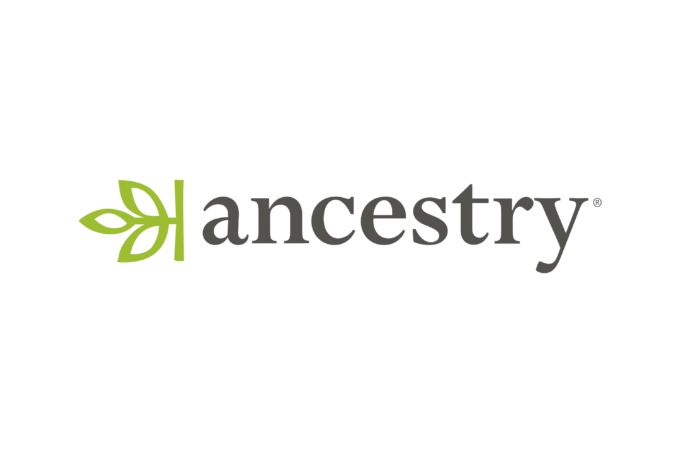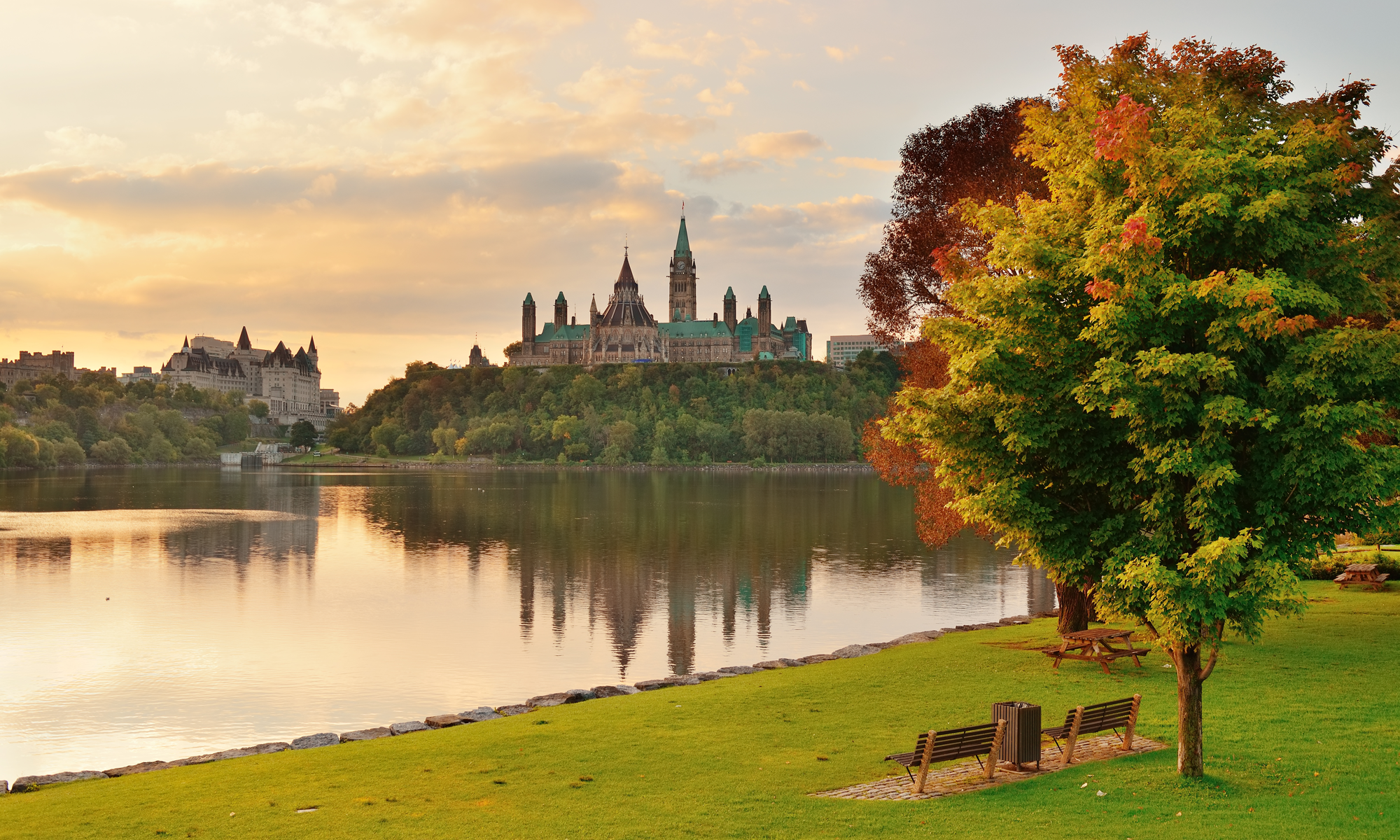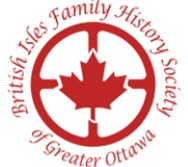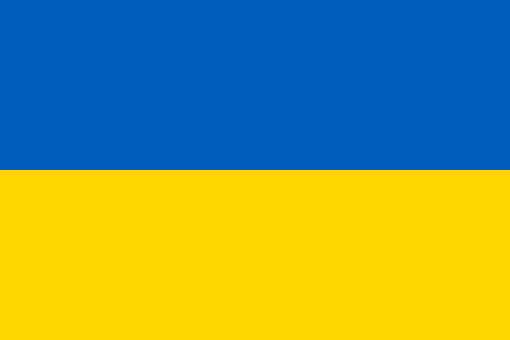| Newspaper Title |
Location |
Number of Issues |
Years Covered |
| Irish Independent |
Dublin, Republic of Ireland |
20,915 |
1891–1920, 1922–1925, 1927–1938, 1940–1959, 1974, 1986–2009
|
| Islington Gazette |
London, England |
11,786 |
1856–1918 |
| Peterborough Evening Telegraph |
Peterborough, England |
10,927 |
1949–1970, 1986–1987, 1989, 1991–1997, 1999–2004
|
| Bradford Daily Argus |
Bradford, England |
7,720 |
1893–1895, 1898–1910, 1912–1915, 1917, 1920–1923
|
| Waterford Standard |
Waterford, Republic of Ireland |
6,651 |
1863, 1866–1872, 1874–1880, 1882–1886, 1888–1897, 1899, 1901–1920, 1926–1953
|
| Salisbury and Winchester Journal |
Salisbury, England |
6,622 |
1751–1752, 1762–1763, 1765–1769, 1772–1773, 1775–1778, 1780–1782, 1784, 1786–1789, 1799, 1801–1805, 1807–1812, 1814–1815, 1817–1918
|
| Banffshire Journal |
Banff, Scotland |
5,961 |
1845–1911, 1914–1920, 1948–1989
|
| Evening News (Waterford) |
Waterford, Republic of Ireland |
5,415 |
1899–1920 |
| Warder and Dublin Weekly Mail |
Dublin, Republic of Ireland |
5,094 |
1822–1877, 1890, 1897–1902, 1909–1924, 1926–1929, 1931–1938
|
| Winsford & Middlewich Guardian |
Winsford, England |
3,995 |
|
| Lloyd’s Weekly Newspaper |
London, England |
3,831 |
|
| Pawnbrokers’ Gazette |
London, England |
3,724 |
1838, 1840–1849, 1860–1894, 1900–1902, 1904–1909, 1914–1931
|
| Norfolk News |
Norwich, England |
3,695 |
1845–1897, 1899–1911, 1914–1918
|
| West Cumberland Times |
Cockermouth, England |
3,683 |
1874–1875, 1877–1891, 1893–1897, 1899–1915, 1917
|
| Portsmouth Times and Naval Gazette |
Portsmouth, England |
3,510 |
|
| Bedford Record |
Bedford, England |
3,459 |
1877, 1879, 1889, 1897–1911, 1913–1920, 1924–1965
|
| Roscommon Herald |
Boyle, Republic of Ireland |
3,368 |
1859–1884, 1886–1906, 1908–1920, 1922, 1924, 1928, 1931, 1944, 1953
|
| Southern Times and Dorset County Herald |
Weymouth, England |
3,193 |
1852–1866, 1870–1886, 1889–1896, 1898–1910, 1912–1920
|
| Aldershot Military Gazette |
Aldershot, England |
3,060 |
|
| Cambrian News |
Aberystwyth, Wales |
2,556 |
1863–1868, 1874–1896, 1898–1910, 1912–1918
|
| Glossop-dale Chronicle and North Derbyshire Reporter |
Glossop, England |
2,502 |
1859–1861, 1869–1896, 1898–1911, 1913–1918
|
| Cumberland & Westmorland Herald |
Penrith, England |
2,496 |
|
| Buckingham Express |
Buckingham, England |
2,453 |
1865–1895, 1898–1912, 1914–1915
|
| North Devon Gazette |
Bideford, England |
2,444 |
1856–1870, 1884–1909, 1912, 1914–1918
|
| Exmouth Journal |
Exmouth, England |
2,428 |
|
| Hampstead & Highgate Express |
London, England |
2,275 |
|
| Cannock Advertiser |
Cannock, England |
2,222 |
1878–1893, 1897, 1900–1909, 1914–1924, 1951–1955
|
| Willesden Chronicle |
London, England |
2,128 |
|
| Walthamstow and Leyton Guardian |
London, England |
2,120 |
1876–1916 |
| Aberystwyth Observer |
Aberystwyth, Wales |
2,112 |
1869–1885, 1887–1896, 1898–1910, 1914–1915
|
| Wolverhampton Chronicle and Staffordshire Advertiser |
Wolverhampton, England |
2,030 |
|
| Drogheda Advertiser |
Drogheda, Republic of Ireland |
1,888 |
|
| Tottenham and Edmonton Weekly Herald |
London, England |
1,873 |
1869, 1874, 1877, 1879, 1889, 1891, 1899–1918
|
| Dromore Weekly Times and West Down Herald |
Dromore, Northern Ireland |
1,873 |
1905–1929, 1931, 1940–1949, 1952
|
| Kings County Chronicle |
Offaly, Republic of Ireland |
1,850 |
|
| Cornish & Devon Post |
Launceston, England |
1,821 |
1877–1896, 1900–1911, 1914, 1916–1918
|
| Isle of Wight County Press |
Newport, England |
1,739 |
|
| Orcadian |
Kirkwall, Scotland |
1,674 |
|
| Leominster News and North West Herefordshire & Radnorshire Advertiser |
Leominster, England |
1,650 |
|
| Empire News & The Umpire |
Manchester, England |
1,649 |
1884–1895, 1897–1911, 1914–1918
|
| Newtownards Chronicle & Co. Down Observer |
Newtownards, Northern Ireland |
1,633 |
1873–1879, 1881–1900, 1914–1918
|
| Blaydon Courier |
Blaydon, England |
1,606 |
1905–1909, 1914–1929, 1940–1949
|
| Warminster & Westbury Journal |
Warminster, England |
1,547 |
1881–1895, 1897, 1899–1908, 1914–1918
|
| Pontypool Free Press |
Pontypool, Wales |
1,535 |
1859–1896, 1898–1903, 1905–1909, 1914–1918
|
| Boxing World and Mirror of Life |
London, England |
1,510 |
|
| Pearson’s Weekly |
London, England |
1,474 |
1890–1918 |
| Tyrone Courier |
Dungannon, Northern Ireland |
1,453 |
1880, 1885, 1888–1889, 1891–1909, 1914–1918
|
| Bo’ness Journal and Linlithgow Advertiser |
Falkirk, Scotland |
1,452 |
1884–1891, 1914–1920, 1940–1952
|
| Harrogate Advertiser and Weekly List of the Visitors |
Harrogate, England |
1,384 |
1854, 1860, 1865–1866, 1872, 1877, 1880, 1889, 1918–1920, 1988–2004
|
| Irish Homestead |
Dublin, Republic of Ireland |
1,353 |
1896–1922 |
| Bournemouth Times and Directory |
Bournemouth, England |
1,319 |
1889, 1919–1920, 1930–1950
|
| Cork Weekly Examiner |
Cork, Republic of Ireland |
1,284 |
1896–1920 |
| St. Marylebone and Paddington Record |
London, England |
1,259 |
1914–1925, 1927–1929, 1940–1949
|
| Hants and Berks Gazette and Middlesex and Surrey Journal |
Basingstoke, England |
1,253 |
|
| Fife News |
Cupar, Scotland |
1,147 |
1875–1877, 1879–1890, 1914–1920
|
| Uttoxeter Advertiser and Ashbourne Times |
Uttoxeter, England |
1,146 |
|
| Finchley Press |
London, England |
999 |
|
| Cumberland Evening News |
Carlisle, England |
878 |
1914–1918 |
| Dromore Leader |
Dromore, Northern Ireland |
878 |
1916–1920, 1978–1984, 1986–1992
|
| County Express |
Stourbridge, England |
840 |
1885–1891, 1897, 1910–1918
|
| Whitehaven Advertiser and Cleator Moor and Egremont Observer |
Whitehaven, England |
755 |
1891–1893, 1905–1906, 1909–1915, 1918–1920
|
| Rushcliffe Advertiser |
Hucknall, England |
718 |
1888–1889, 1896, 1898–1909
|
| Loughborough Herald & North Leicestershire Gazette |
Loughborough, England |
709 |
|
| Irish Society (Dublin) |
Dublin, Republic of Ireland |
686 |
|
| Shamrock |
Dublin, Republic of Ireland |
672 |
1884–1896 |
| Yarmouth Mercury |
Great Yarmouth, England |
653 |
1880, 1884, 1889–1892, 1897, 1899, 1911–1912, 1915, 1917–1918
|
| County Courts Chronicle |
London, England |
502 |
1847–1870, 1885–1896, 1914–1920
|
| Enniscorthy Echo and South Leinster Advertiser |
Enniscorthy, Republic of Ireland |
466 |
1905–1906, 1910–1912, 1916–1920
|
| East Essex Advertiser and Clacton News |
Clacton-on-Sea, England |
460 |
1889, 1900–1905, 1912, 1918
|
| Jewish World |
London, England |
442 |
1877, 1889, 1898–1899, 1902–1904, 1907, 1917
|
| The World |
London, England |
427 |
1914–1922 |
| Chatham, Rochester and Brompton Observer |
Chatham, England |
366 |
1914–1920 |
| Offaly Independent |
Tullamore, Republic of Ireland |
364 |
|
| Boxing |
London, England |
327 |
|
| Craven Herald |
Skipton, England |
310 |
1876–1877, 1879, 1889, 1897, 1916
|
| Brighouse Free Press and District Advertiser |
Brighouse, England |
303 |
|
| Connaught Telegraph |
Castlebar, Republic of Ireland |
257 |
1914–1918 |
| Haltwhistle Echo |
Haltwhistle, England |
254 |
1914–1918 |
| Heckmondwike Herald |
Heckmondwike, England |
260 |
|
| Citizen (London) |
London, England |
202 |
1914–1917 |
| Horwich Chronicle |
Horwich, England |
168 |
|
| Skegness Herald |
Skegness, England |
142 |
1914–1916 |
| Western Express |
Bideford, England |
111 |
1917–1919 |
| Midland Free Press |
Kettering, England |
104 |
1914–1915 |
 This collection, sourced from the Worcestershire Archive and Archaeology Service, includes 366,964 marriage records from the county.
This collection, sourced from the Worcestershire Archive and Archaeology Service, includes 366,964 marriage records from the county.

 The Ottawa Citizen of November 16, 1994, had a front-page
The Ottawa Citizen of November 16, 1994, had a front-page